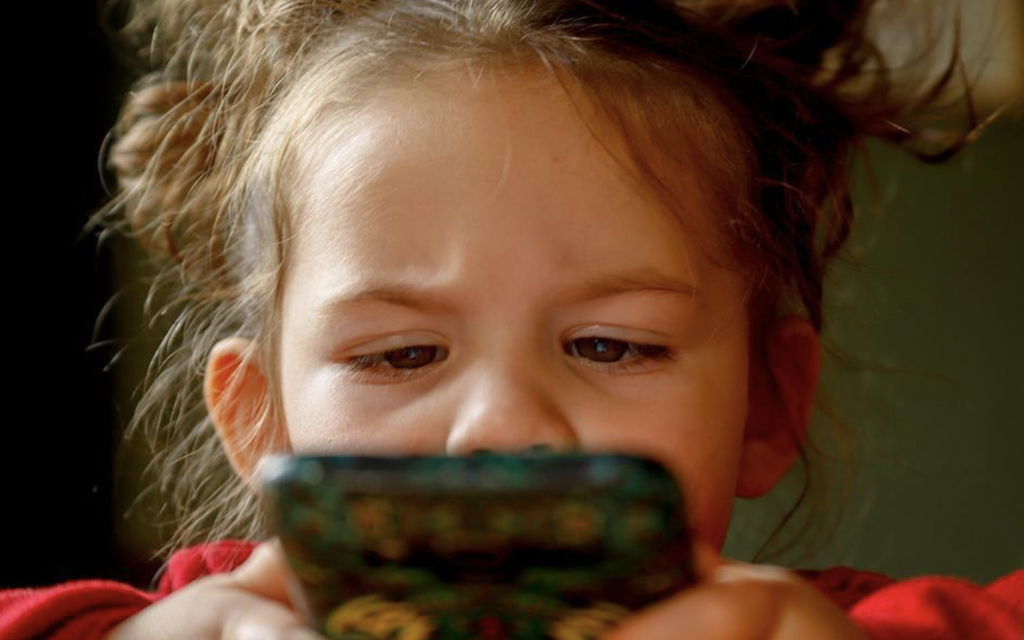As the technological process progresses throughout the world, so do the needs for its use. The highest use comes from the younger population, particularly children addicted to screens. Screen addiction is a series of negative behaviors and some undesirable effects that might arise when we need to use more technology during the day. Hence, watching TV, playing video games, and scrolling through social media for extended periods act as digital narcotics for our brains which is also observed through screen time by age chart. Children have lost interest in performing independent work or playing outside with unregulated screen use. Get more such news at techweep blog.

Some of the reasons that screen time can harm children’s eyes:
Contents
Eye fatigue
Eye weariness, also known as asthenopia, is characterized by eye pain, blurred vision, and headache. Children suffering from eye fatigue often suffer from headaches, eye discomfort, or tiredness. Kids may develop low self-esteem in performing activities like reading, as mentioned in today magazine.
Loss of concentration and adaptability
When children’s eyes remain focused and tied for extended periods, they may struggle to adjust to distant vision later in life. Mostly, this is a temporary situation, and the eyes return to their normal flexibility.
Nearsightedness
Natural sun exposure is essential for eye development. Kids require time outside to play not only for their health but also for their eyes. According to research, youngsters who spend a lot of time indoors are more prone to acquire nearsightedness (myopia).
Eyes that are dry and inflamed
Long time usage of screens can cause you problems like dryness and irritation of the eyes. According to studies, people of all ages blink considerably less frequently when focused on a screen, causing the eyes to dry up. Clean eyesight needs a systematic and stable tear film on the eye’s surface. This issue increased for youngsters who may be required to gaze up at a device designed for adult use.
What can you do to reduce screen time?
You can do many activities to reduce screen time. Some of them are:

Keep screens away from bedtime, meals, and family time
Keep screens away from kids’ sleeping time, meals, and family time. Except for extended travels, avoid using screens in the car, and consider establishing a minimum or an agreed-upon period when your family turns off all displays. It is critical to balance online and offline time.
Apply the “20-20-20-2 rule.”
Encourage your youngster to break attention every 20 minutes, gaze on anything at least 20 feet away over 20 seconds, and blink 20 times when performing any intense visual job. It will relax the eyes and help them to return to their normal posture and baseline settings.
Conclusion
To summarize, it is critical to consider your entire health by creating a balance in whatever you choose to do because excess of anything is always harmful also to online web magazines. It is also the responsibility of parents to watch after their children and inspire them to participate in outdoor activities and acquire skills other than the things they are selecting only via the excessive use of technology.


